Photo and art by Rabbi Susan Elkodsi
Kedoshim: Coming of Age in Holiness
Rabbi Dr. Jill Hackell
As I move through my 70s I find myself increasingly aware of my “senior” status in our society. Suddenly, by virtue of my age I am in a category that labels me vulnerable–I am at increased risk for complications of Covid, of flu, of pneumonia, of failing joints, of falling down. In my head I hear a paraphrase of a Pogo cartoon: We have met the elderly–and they are us.
And at the same time, as daughter to my 90-something year old mother, I am a youngster, struggling to understand the experience of one who is a generation more senior than I.
I find myself drawn to the following verse of Torah:
You shall rise before the aged and respect the elderly; you shall fear your God, I am the Lord.” [Leviticus 19:32]
This verse can be found in parashat Kedoshim, a parashah which begins with Moses transmitting these words of God to the community of Israel: “You shall be holy [kedoshim tehiyu], for I, the Lord your God, am holy.” [19:1-2] What does it mean to be a holy community? What does God want of us? Let us look at our verse as an example.
At one time, Israeli buses displayed the first part of this verse–mip’nei saiva takum–literally, “Rise before the gray-hairs,” on signs, to remind younger riders that the society expects them give up their seats to their elders. What a wonderful way to create a society which teaches the value respect towards one’s elders! In fact, it shouldn’t be difficult at all to embody this value, since all of us could expect in time to be the recipient of such kindness and respect ourselves.
But today, this message is drowned out with messages that promote the undesirability of aging. Spend half-an-hour in front of a TV set, and you will learn that gray hair must be banished, incipient wrinkles must be treated with fancy serums and injections and lotions must be applied to assure “younger-looking skin.” We are implored to be ever vigilant, lest the signs of getting older sneak up on us.
And if they do, we risk being assigned to the category of “elderly,” which comes with all the baggage that stereotyping brings with it. Judged by our looks, we are ignored, not listened to, passed over; we are assumed to be doddering, forgetful, and having nothing to contribute. And so, we hide the physical signs of the passage of our years and pride ourselves on looking younger than our years.
One of the interesting side-effects of that long year-plus of quarantining during COVID has been that my friends have given up going to their hairdressers for monthly dyeing, highlights and touch-ups. As a result, natural grays have appeared everywhere. And they are beautiful!
Which brings me to the second part of this verse–v’hadarta p’nei zaken–literally, “respect the faces of the elderly.” We all come by our gray hairs and wrinkles honestly; they’re a result of the aging process, and each and every human being on the planet will age, despite our denial. The Hebrew Home for the Aged publishes a calendar each year which features close-ups of the faces of their residents who are centenarians. Sparkling eyes peer out of faces marked with the scars of living. And they are beautiful!
The 20th century Jewish philosopher, Emmanuel Levinas wrote that the face of the “other”–another human being–is the source of our sense of responsibility. He sees our relationship to other human beings as the most basic thing, the building block of religion and of ethics. Seeing the face of the other is necessary before we can understand God, or how we should live our lives. Levinas says that when we look into the eyes of another human being, the Torah’s commandments become obvious to us. In his words, “to see a face is already to hear ‘You shall not kill,’ and to hear ‘You shall not kill’ is already to hear ‘social justice.’”
The call of parashat Kedoshim is the call to rid ourselves of ageism, along with the other “isms” that allow us to see our fellow human beings as less than. In addition to respecting the aged, we are asked to make sure there is food for the poor and the stranger [19:9-10], that workers are paid on time [19:13], that we include and respect the disabled [19:14}, that we don’t cheat others in business [19:35]. We must respect the individuality and dignity of each person we meet, regardless of the way they look or their status or role in society. Our parashah sums this up when it says, “Love your fellow as yourself: I am the Lord.” [19:18].
And we must love ourselves, too, and not allow society to make us feel diminished when we assume the mantle of age.
What does it mean to be holy? What does God want of us? The Torah teaches us to be compassionate to all of God’s creation, and to let that compassion permeate the way we live our lives and guide how we treat our fellow human beings.
Rabbi Jill Hackell is the rabbi of West Clarkstown Jewish Center, in New City, NY. She received her ordination from The Academy for Jewish Religion (AJR), along with an MA in Judaic Studies from Gratz College in 2013. Previously, she received a BS from Tufts University and an MD plus pediatric residency training at Johns Hopkins, practicing general pediatrics before going on to a more than 20-year career in the pharmaceutical industry, directing clinical research on new vaccines. She has combined these two paths through an interest in bioethics, teaching this subject on the graduate level at both AJR and at Dominican University; and she also teaches subjects of general Jewish interest at the Jewish Federation of Rockland County. This year she was awarded the P’nei Torah Faculty Award from AJR for excellence in teaching in religion and science. Rabbi Hackell is a long-time resident of Rockland County New York, raising her two children there. She is now the proud Savta of four grandchildren.

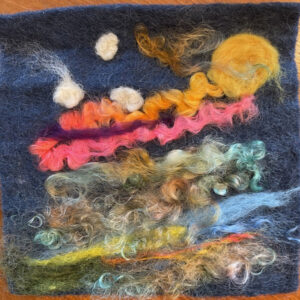
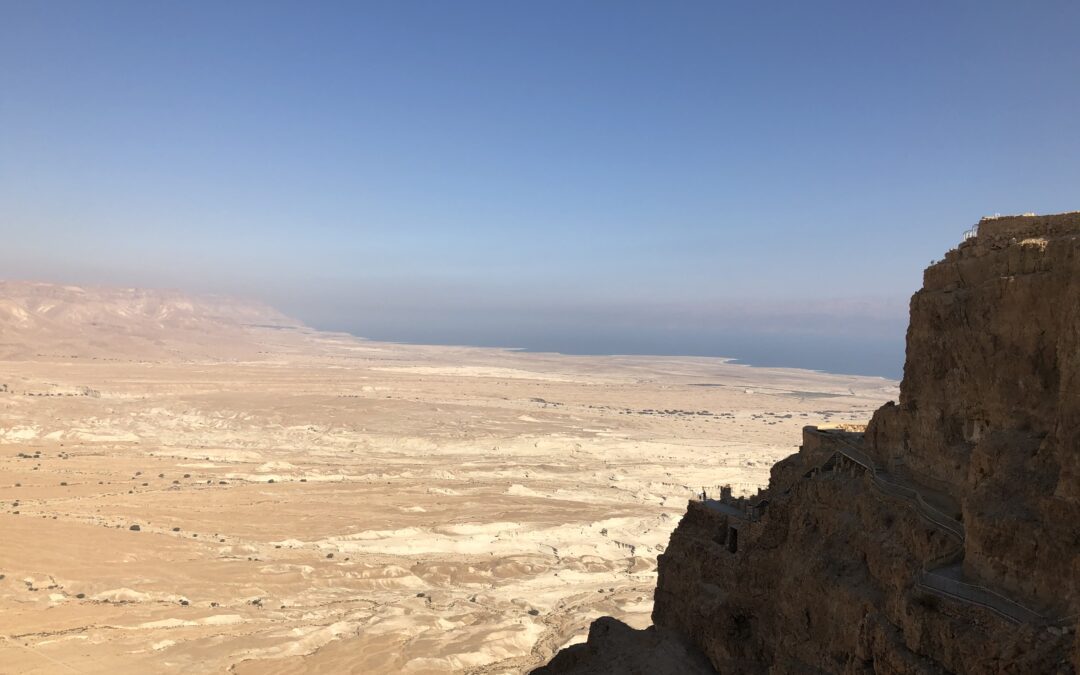
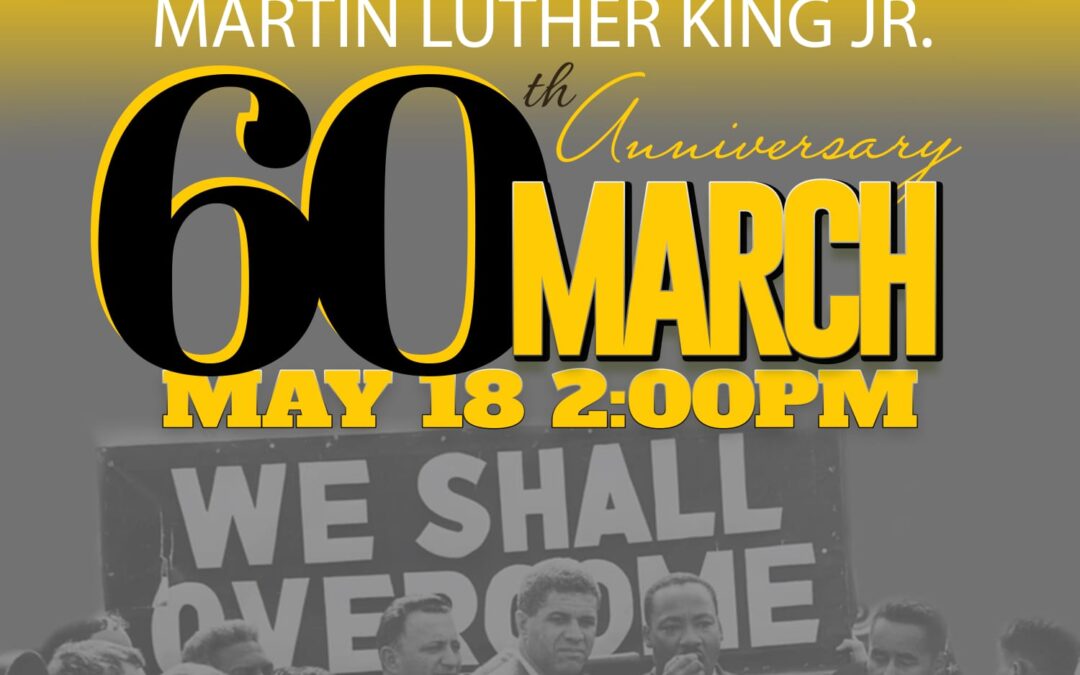
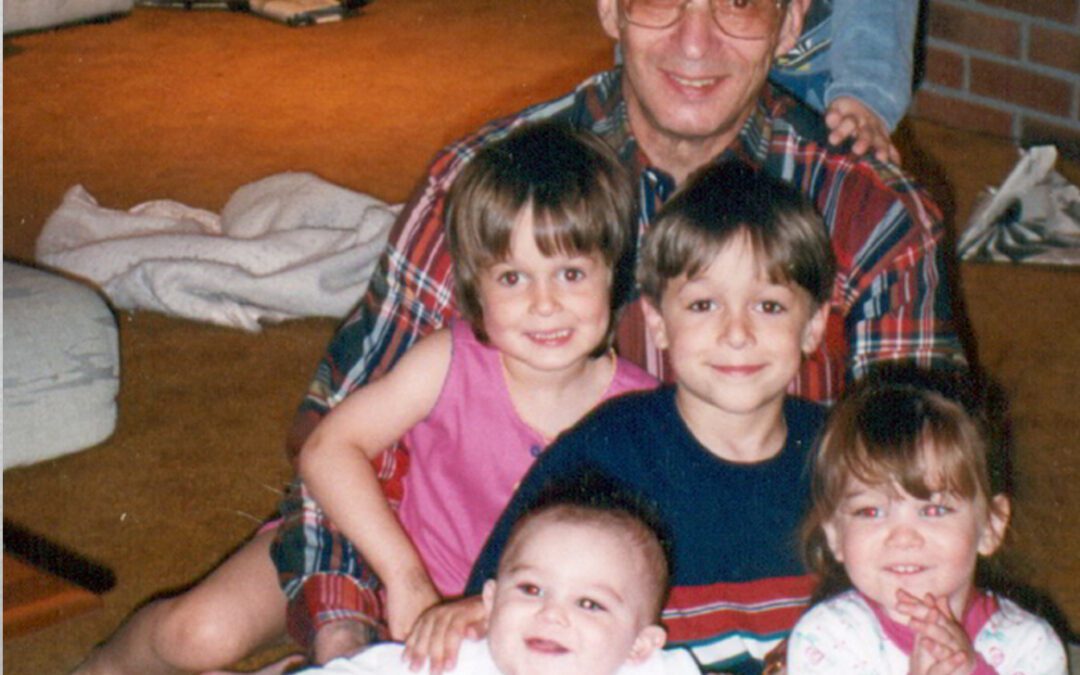
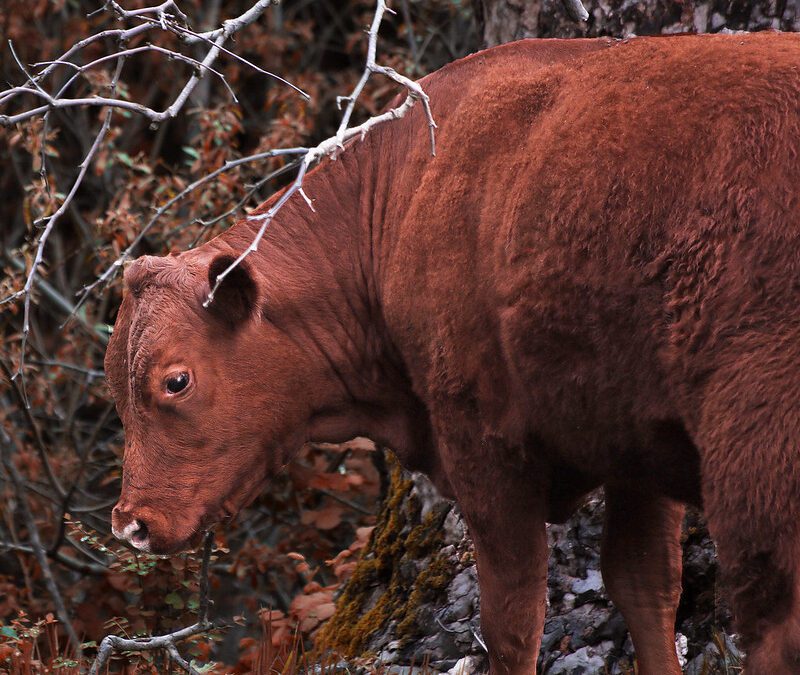
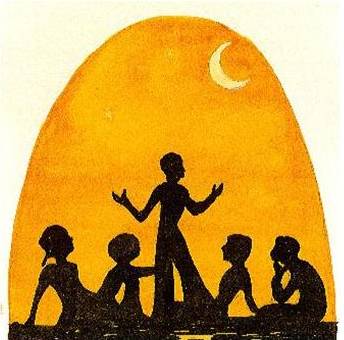
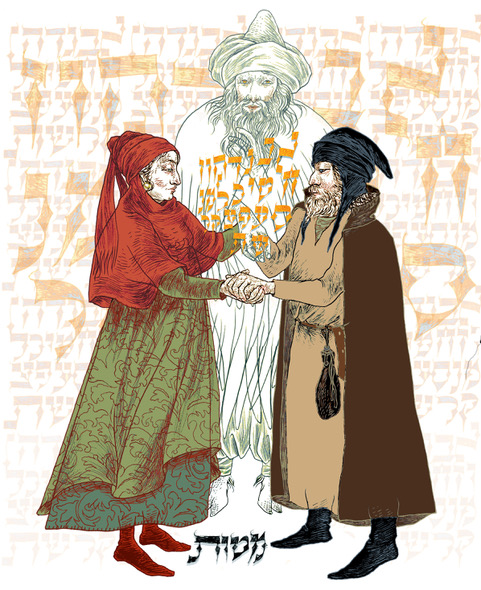
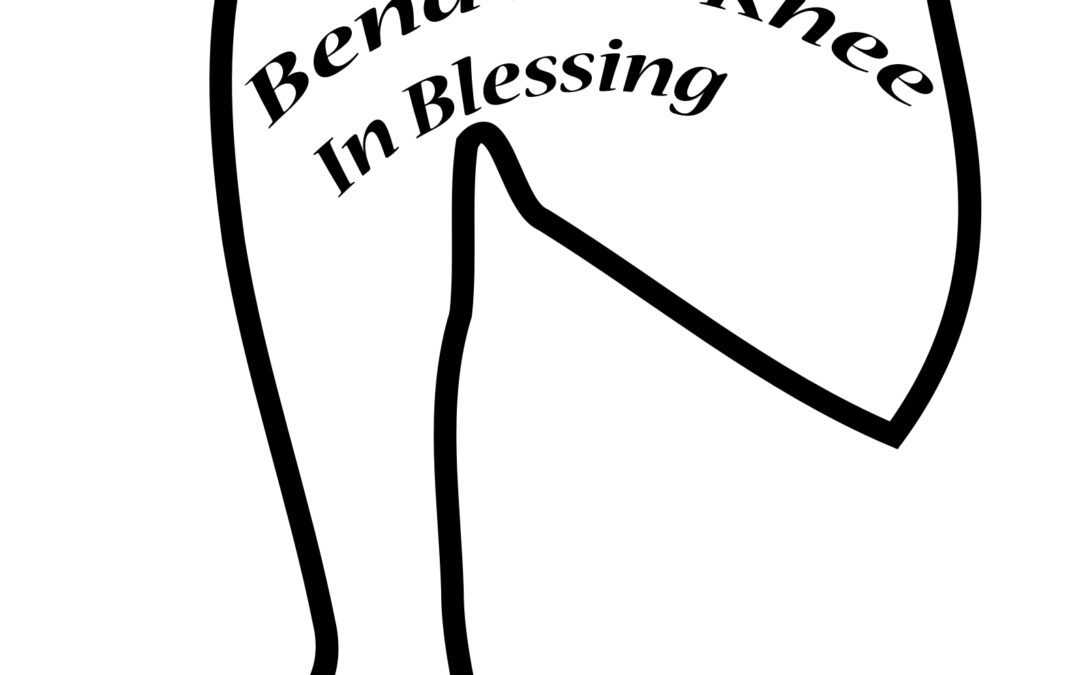

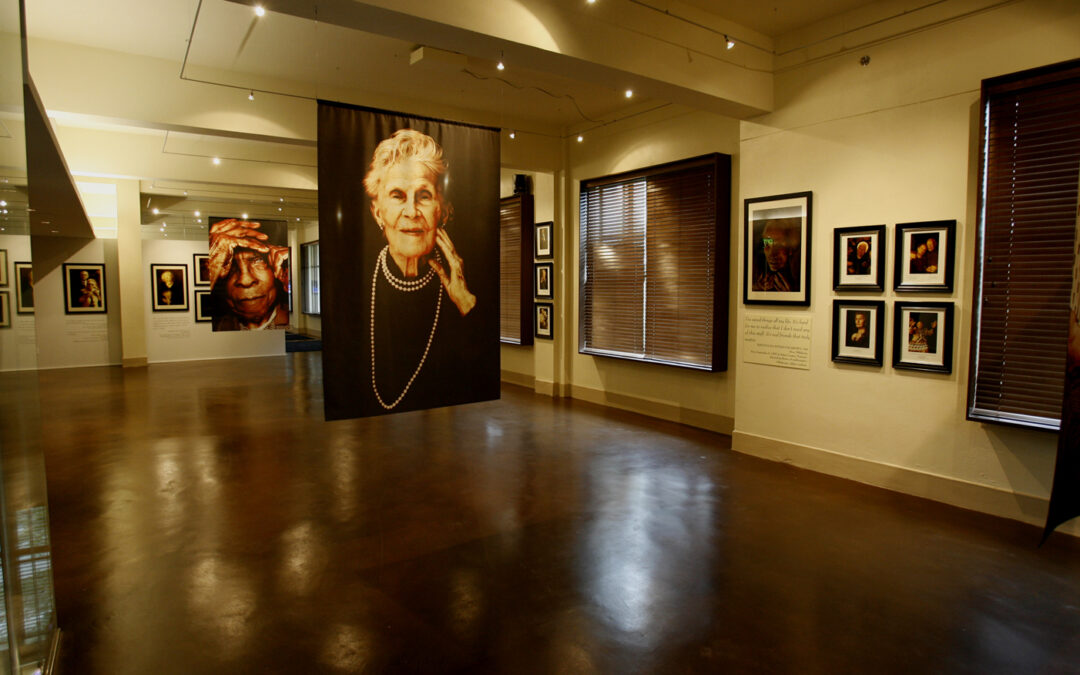
Thank you for this lovely reminder of rediscovering our holiness within the chaos that surrounds us!
In the interest of a continuing dialogue, I invite you to consider this post on my blog: https://imaginarius13.wordpress.com/2022/11/22/__trashed/
and this from my postcard series:
https://www.dropbox.com/s/7xkwcfbulpb9ui1/TwoStudiesOfHeads-ErnestKlotz.jpg?dl=0
Thank you Ilene!